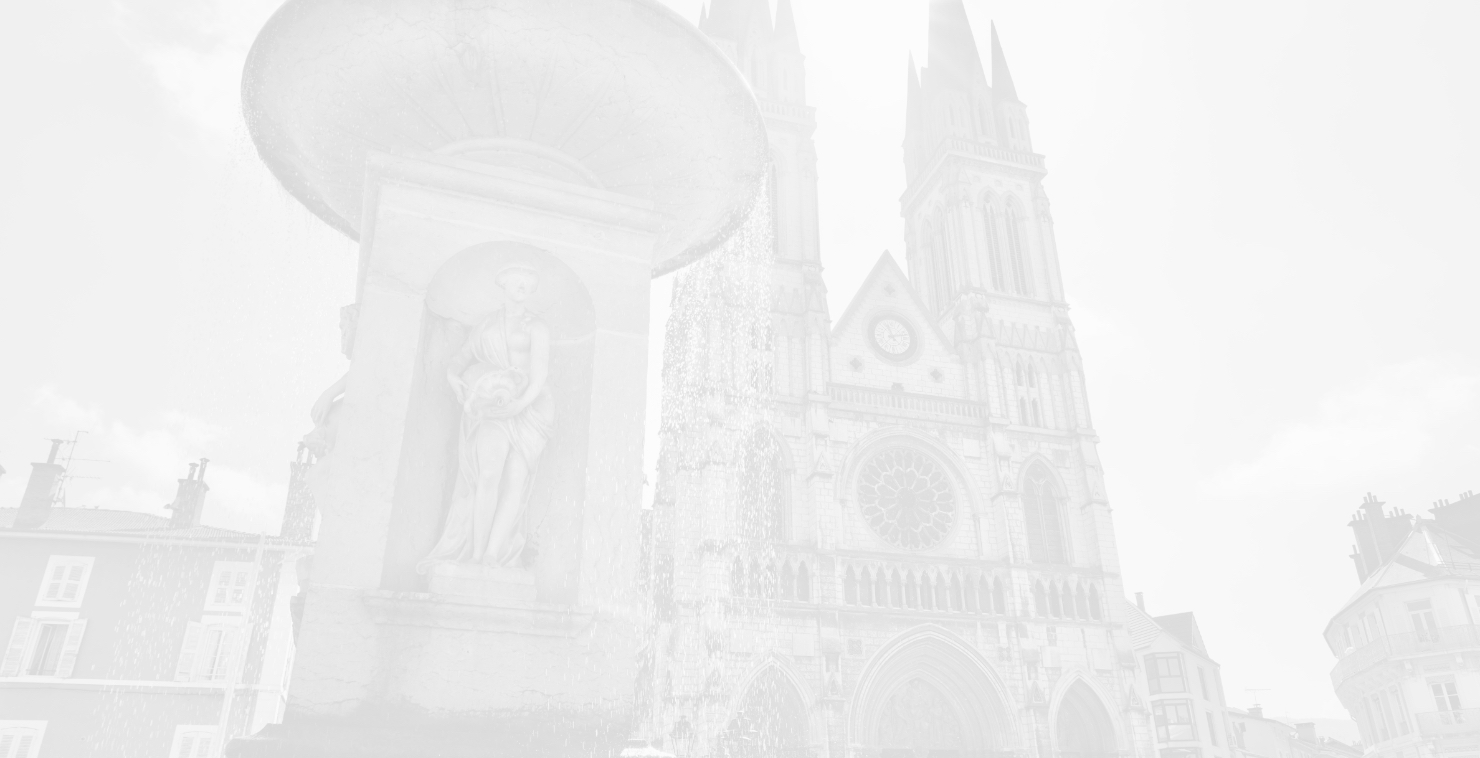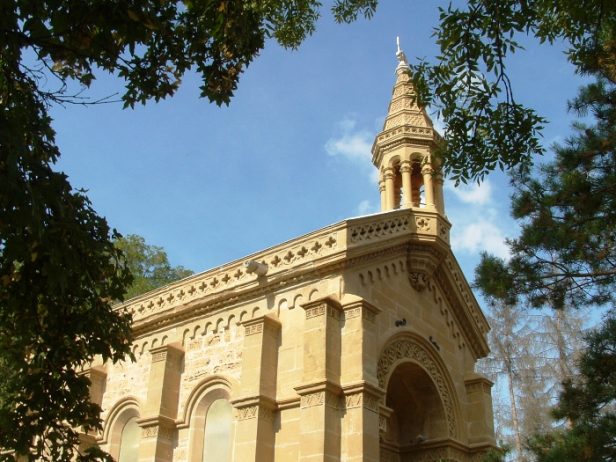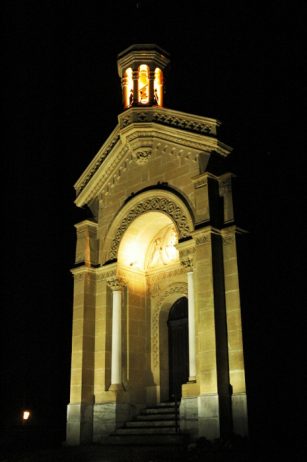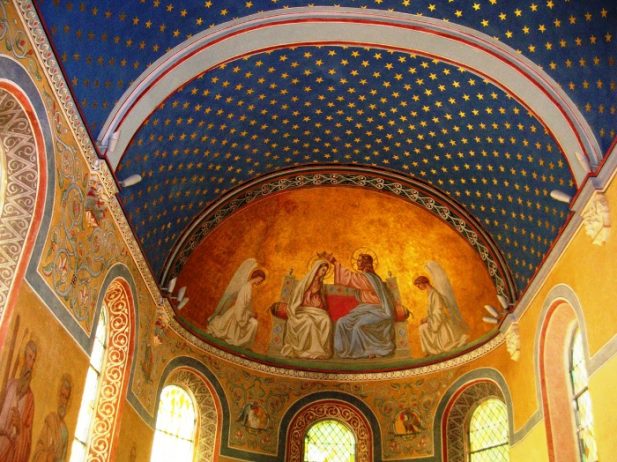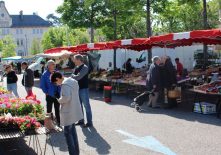The Chapel was built in 1847 by the Blanchet Family, industrial paper makers. Its architecture was entrusted to Alfred Berruyer (pupil of Viollet le Duc) who was to become a diocesan architect of Grenoble.
The chapel, desired by the papermaker (and mayor) Victor Blanchet for his workers, was built on land overlooking the Blanchet paper mills, located to the east of the town. In 1846 he called on the architect Berruyer, who had just completed his first religious building in Isère (the church of La Buisse) and would become famous just afterwards with the construction of the Basilica of Notre-Dame de La Salette. .
The architect exhibits his abilities and technical prowess (cantilevered bell tower, profusion of sculptures). For ease of installation, it is oriented northwest - southeast. It has modest dimensions (12m long by 6m wide) and a simple plan (single nave with three bays extended by a semicircular choir). The neo-Romanesque porch is topped with an imposing openwork pinnacle, built in a corbel.
The building is a true testimony to know-how in the use and implementation of materials: white limestone cut stone for the steps, columns of the entrance porch, spire of the bell tower and bases of the buttresses, the tuff for the gutter walls and the apse and molasse for the facade, the buttresses, the bay frames, the cornice and the columns of the bell tower.
Externally, the rich decoration sculpted with geometric motifs combines oriental and medieval inspiration in a harmonious blend which gives all its originality to this architecture and places it fully in the eclectic movement of the 7th century. The door is surmounted by a tympanum decorated with a Virgin and Child in a mandorla presented and supported by two angels in profile on either side. Covered with a barrel vault, the interior elevations are covered with murals created by the artist Alexandre Debelle, also designer of the stained glass windows that adorn the chapel. Student of the painters Gros and David and author of the famous historical painting "The Tiles Day of June 1788, XNUMX", Alexandre Debelle is a very important artistic personality in Isère in the XNUMXth century.
The building has obtained the "Patrimoine en Isère" label,
rewarding the heritage quality of a building of departmental interest.
Activities
Customers
- Groups welcome
Visit
- Average duration of the group visit: 30 min
Customers
- Groups welcome
Individual visit services
- Unguided individual tours on request
Group visits services
- Unguided group visits on request
Opening
Visit on request by appointment at the Town Hall.
Prices
Free.
Services
Adapted tourism
- Not wheelchair accessible
Home of animals
- Animals accepted: not communicated






